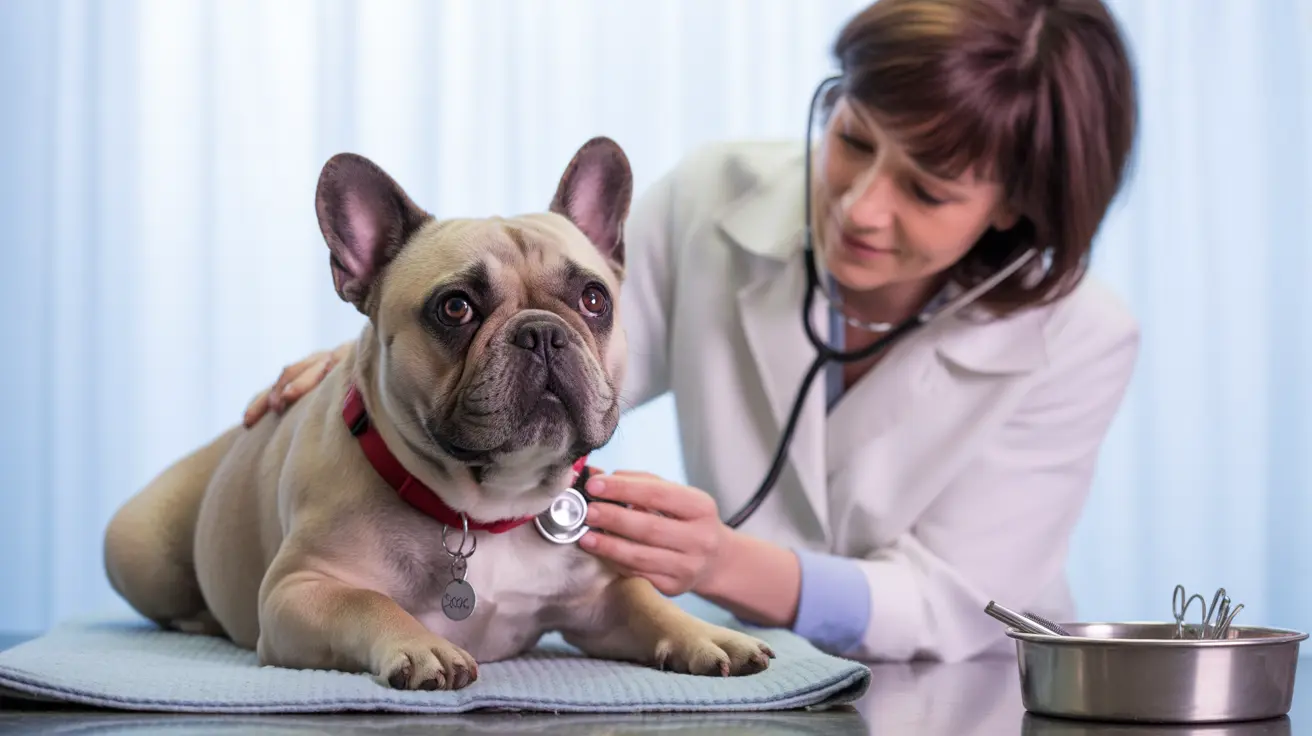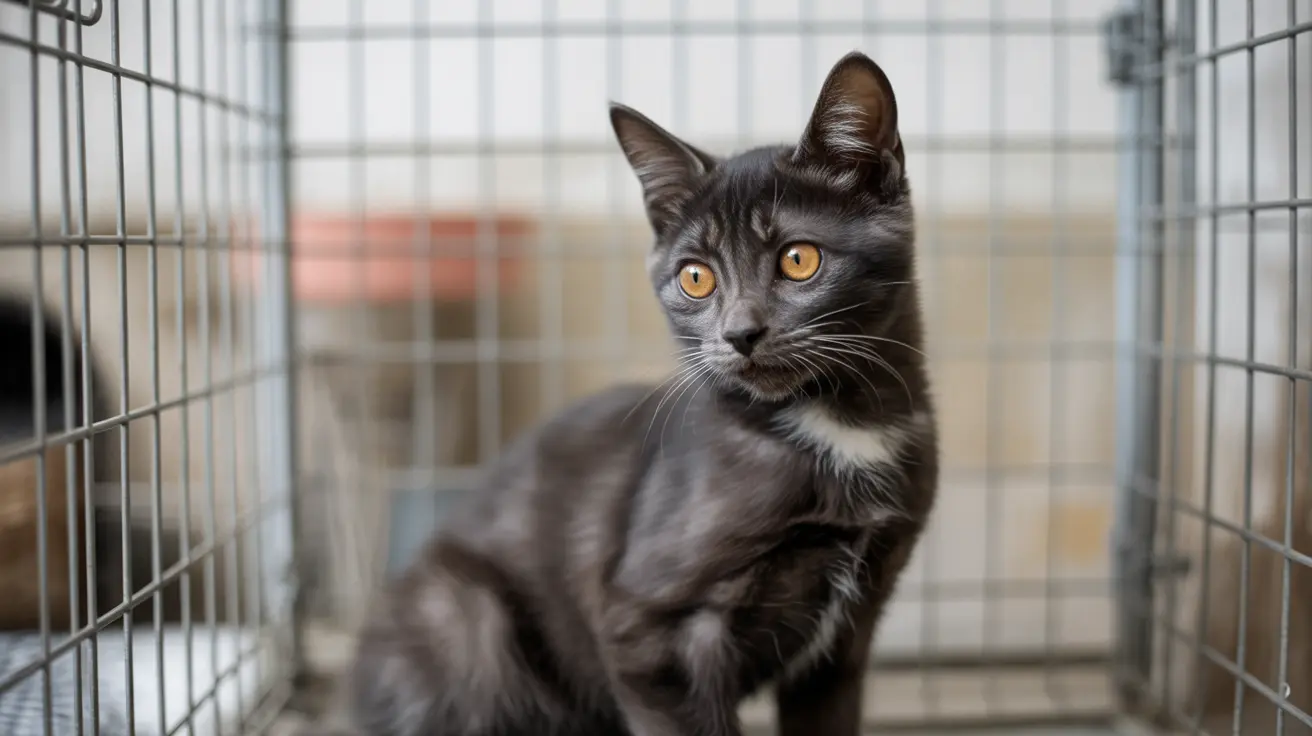The practice of breeding closely related dogs has become a growing concern in veterinary medicine and animal welfare. With modern genetic research revealing alarming trends, understanding the implications of inbred dogs is more crucial than ever for pet owners, breeders, and veterinary professionals.
Recent studies have shown that many purebred dog populations have inbreeding coefficients around 25% - equivalent to mating between full siblings. This level far exceeds what's considered safe in wild animal populations, where inbreeding rarely surpasses 6%.
The Science Behind Dog Inbreeding
Inbreeding occurs when dogs sharing close genetic relationships mate, increasing the likelihood that puppies will inherit identical copies of genes from both parents. This reduced genetic diversity can expose harmful recessive traits and lead to various health complications.
Modern DNA studies analyzing over 49,000 dogs across 227 breeds have revealed concerning patterns of genetic bottlenecking in many popular breeds, primarily driven by closed studbooks and selective breeding for specific physical traits.
Health Consequences of Inbreeding in Dogs
Physical Health Impacts
Inbred dogs frequently suffer from multiple health issues, including:
- Increased risk of genetic diseases
- Compromised immune systems
- Higher cancer rates
- Heart problems
- Skeletal abnormalities
- Respiratory issues in brachycephalic breeds
Reduced Lifespan
Research shows that every 1% increase in inbreeding coefficient reduces a dog's lifespan by approximately 20.6 days. Dogs with 30% inbreeding coefficients may live about 200 days less than their less-inbred counterparts.
Reproductive Challenges in Inbred Dogs
Inbreeding significantly impacts reproductive health, leading to:
- Smaller litter sizes
- Higher rates of stillbirth
- Reduced fertility
- Increased birthing complications
- Shorter reproductive lifespans
Prevention and Solutions
Several strategies can help address the challenges of dog inbreeding:
- Genetic testing before breeding
- Outcrossing with unrelated lines
- Opening closed studbooks
- Prioritizing health over strict breed standards
- Supporting responsible breeding practices
Impact on Veterinary Care and Costs
Inbred dogs typically require more frequent veterinary care throughout their lives. Studies show that heavily inbred breeds often need up to 45% more non-routine veterinary visits compared to breeds with greater genetic diversity. This translates to significantly higher lifetime healthcare costs for owners.
Frequently Asked Questions
What are the health risks associated with inbred dogs and how does inbreeding affect their lifespan?
Inbred dogs face increased risks of genetic diseases, compromised immune systems, and various health disorders. Research shows that higher inbreeding coefficients directly correlate with shortened lifespans, with each 1% increase in inbreeding reducing lifespan by about 20.6 days.
How does inbreeding impact the fertility and litter size in dogs?
Inbreeding typically results in reduced fertility, smaller litter sizes, and higher rates of stillbirths. Inbred females may experience more complicated pregnancies and deliveries, and their reproductive lifespan may be shorter.
Why do certain dog breeds have higher veterinary care needs due to inbreeding?
Heavily inbred breeds often require more veterinary care due to their increased susceptibility to genetic diseases, compromised immune systems, and breed-specific health issues. Some breeds may need up to 45% more non-routine veterinary visits.
Can genetic testing help reduce the health problems caused by inbreeding in purebred dogs?
Yes, genetic testing can help identify potential health risks before breeding and guide better breeding decisions. It allows breeders to avoid mating dogs that carry the same harmful recessive genes and maintain healthier levels of genetic diversity.
What breeding practices can minimize the negative effects of inbreeding and improve dog health?
Responsible breeding practices include genetic testing, outcrossing with unrelated lines, maintaining open studbooks, and prioritizing health over appearance standards. These approaches help preserve genetic diversity and reduce the risk of inherited health problems.
Understanding the consequences of dog inbreeding is crucial for making informed decisions about pet ownership and breeding practices. By supporting responsible breeding programs and being aware of these issues, we can work toward healthier future generations of dogs.






